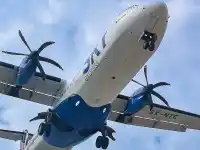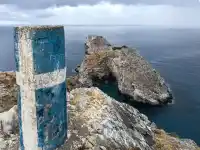Adega José de Sousa Rosado Fernandes was founded in 1878 and prides itself on traditional wine production in the heart of Portugal’s Alentejo region. Just ten kilometres from the picturesque Monsaraz Castle and the beautiful Albufeira de Alqueva Lake, a 2,000 year old Roman tradition is maintained. The José de Sousa cellar owns 114 ceramic amphorae in which the ancient fermentation method takes place. We couldn’t miss such a unique experience. After some brief logistical arrangements, we visit winery and have a short conversation with Anna Lima, the local wine tourism coordinator.
“Smell that.”
“It’s Port.”
“It’s not port, it has no sugar. Such a special taste…”
According to the website, your company is a family winery with a long tradition. You have been producing wine with classic technology since 1878. How did the idea of producing wine with classic technology come about?
José de Sousa Rosado Fernandes Winery has existed since 1878 and was acquired by José Maria da Fonseca in 1986 in order to fulfill the long-held dream of producing wine in the Alentejo.
Located in Reguengos de Monsaraz, it is here that a tradition started by the Romans over 2000 years ago is kept alive.
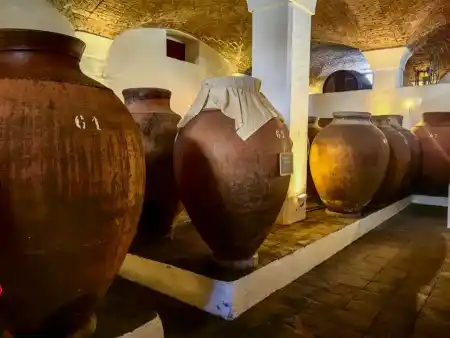
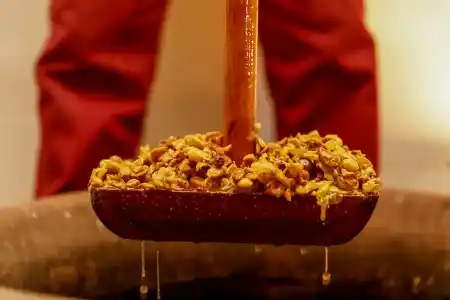
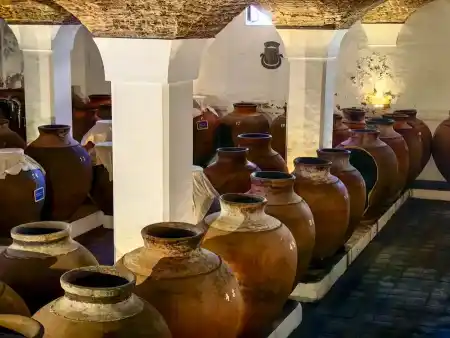
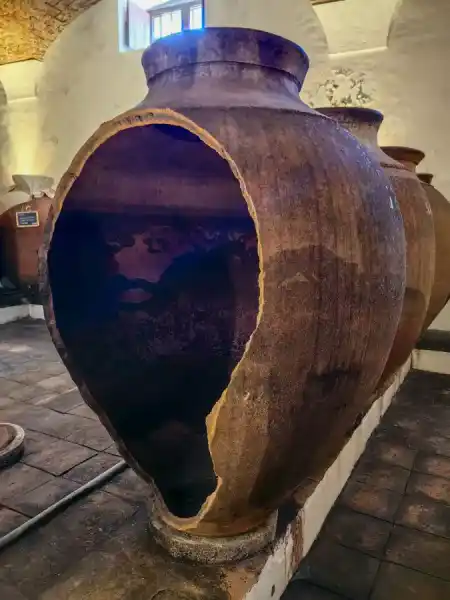
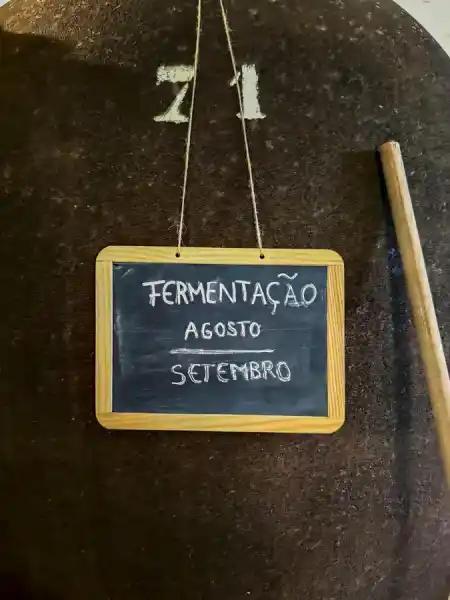
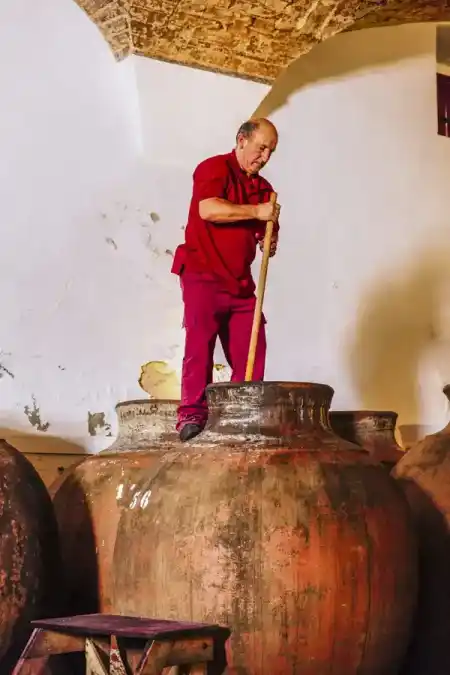
The José de Sousa winery has 114 clay pots , where an ancient fermentation method is used. Since the winery’s inception, it has always made its wines in clay pots. Firstly because clay was one of the most common raw materials in the region. We have the largest pottery center in the country, São Pedro do Corval, 7 km from the winery, and secondly because the new family that owns the winery (José Maria da Fonseca) has taken on the challenge of innovating without denying its roots, i.e. modernizing methods without ever replacing the ancient art of making wine in clay pots.
How does your traditional production (amphorae) differ from that of other wines? What makes your traditional wines unique?
Our clay pot production ends up having particularities during the process which will give the wine a unique and characteristic profile.
Only the region’s traditional grape varieties are used for our clay pot wine: Grand Noir, Trincadeira, Aragonês, Moreto, Antão Vaz, Manteúdo and Diagalves.
When the grapes arrive, they are trodden by foot in lagares (tanks) to break the skins. In fermentation, 30% of the stalk is used. The rest is separated on the winemaking table and goes into the so-called “wine of the stems”, a kind of “salt and pepper” seasoning that the winemaker uses later, if necessary. Passage from the lagares to the clay pots is done manually and fermentation takes place between 27 and 28ºC. As the winery is semi-underground, the environment is cool, and there is always the solution of watering the vats to obtain slightly lower temperatures inside.
Clay Pots
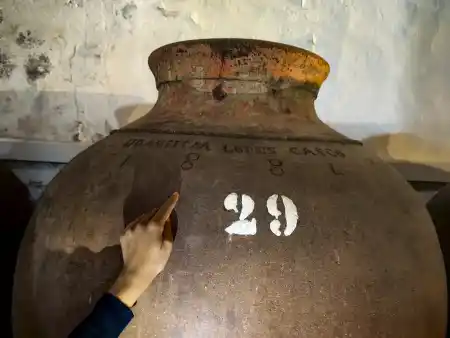
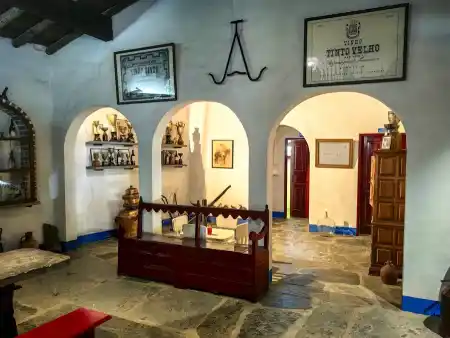
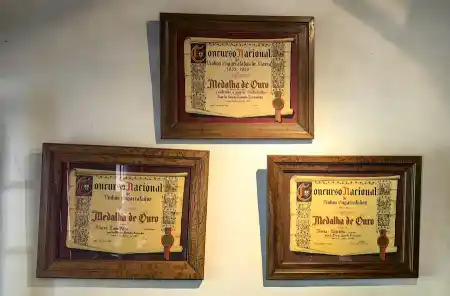
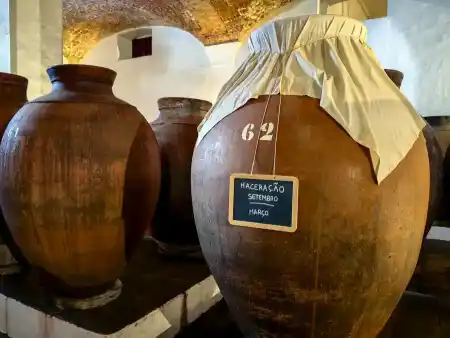
During the fermentation process, the blanket must be submerged with a wooden squeegee. You then have to wait a few weeks for the blanket to settle to the bottom. And you don’t know how long this might take. There is a hole in the bottom of the clay pot which is covered with a cork bung. To remove the wine, simply remove the bung and the wine is filtered through the blanket itself. The first 20 liters come out cloudy. Then they are put back in the clay pot and clean wine starts to come out.
There are then several possible routes for this clay pot wine. It can either be aged in French oak, if it goes into the José de Sousa Mayor and J de José de Sousa batches, which are not 100% clay pot wines. Or it goes into chestnut wood, if it’s a Puro Talha. In this case, instead of cask, the wine can be aged in another clay pot and here it will be covered with olive oil. It is the traditional way of preventing possible oxidation.
Here at this winery in particular, we choose not to weigh (pez is the pine resin that coats the inside of the clay pots) as regularly as other producers do. New pitch marks the wine too much.
This whole process will give the wines different sensory profiles.
Puro Talha (white Pure Clay Pot wine) with an amber color, aromas of dried fruit, spices, evolved, white pepper, ripe kiwi, bread, liqueur, hay. Palate: Elegant, complex, good acidity with a dry finish.
Puro Talha Red with a brownish red color. Very complex aroma with mineral notes from the clay. Palate very marked by the clay, very mineral with soft tannins.
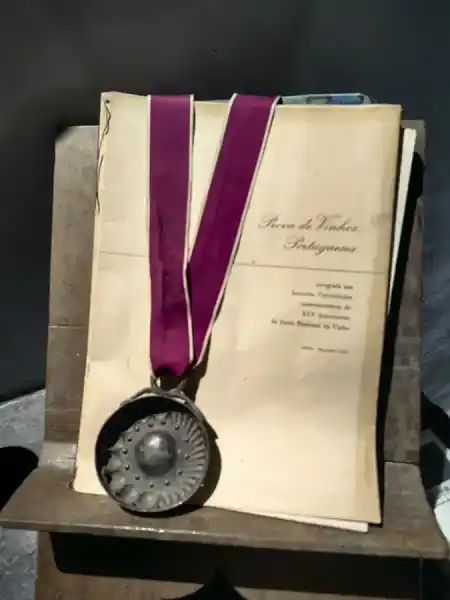
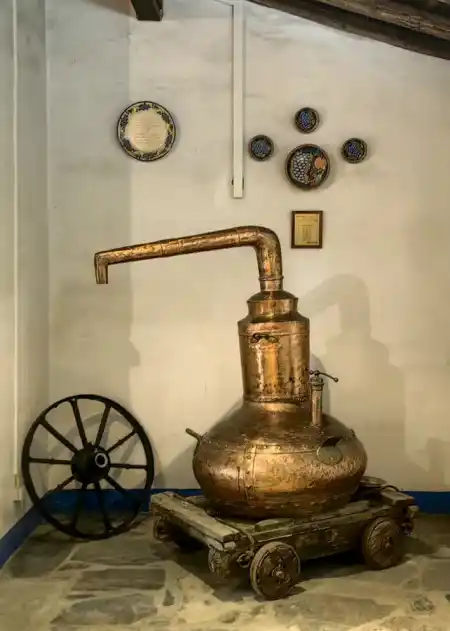
How many quantity of traditional method wine do you produce each year?
Puro Talha is a very small niche in the market. In terms of production, the white is around 500 liters and the red is no more than 5,000.
Winemaker Domingos Soares Franco’s opinion is that you have to “acquire a palate” to get involved with talha wine.
How does traditional production change the taste and character of the wine?
In traditional production, namely:
- The use of traditional grape varieties from the region;
- Prolonged contact with the mother, solid parts as skin and seeds (post-fermentation maceration) until mid-November,
- Hyper-oxygenation during vinification;
- The fact that we don’t do the “pesgagem” very often, so that it doesn’t impart too much flavor to the wine, but we continue to use clay pots with old linings, which will give the wine some spicy notes;
- And the use of an olive oil film to reduce oxidation during the extended ageing period, which can vary from 4 to 10 months in the case of Puro Talha Branco or 16 months in the case of Puro Talha Tinto.
All this will allow us to take advantage of what the clay gives to the wine. The use of clay pots adds spice and a third dimension to the wine. As a rule, reds become lighter and whites more gastronomic.
Which grape varieties grow best on your hillsides? Do you have classic grape varieties or your own local varieties?
The grape varieties used are traditional to the region, with particular expression in the granite soils of the Monte da Ribeira estate and the continental climate of the Reguengos de Monsaraz sub-region.
The oldest vines we have are from 1952 to 1954. Around 10% of the vineyard is made up of white grapes and 90% of red grapes.
The pure white talha grapes used are: antão vaz, manteúdo and diagalves. In the red, from the 1940 harvest, the grapes used are grand noir, trincadeira, aragonez and moreto.
Our harvest takes place today in the first or second week of September, first with the whites and then with the reds, and will be ready three weeks later. We have to take advantage of the high temperatures and low humidity that prevail in this region.
Adega Jose de Sousa
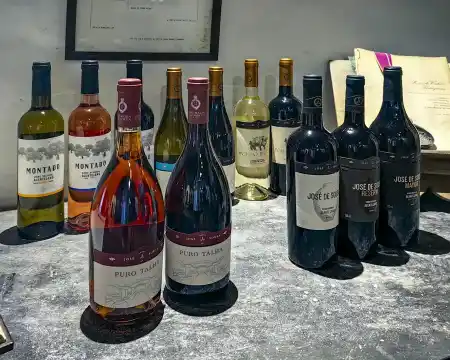
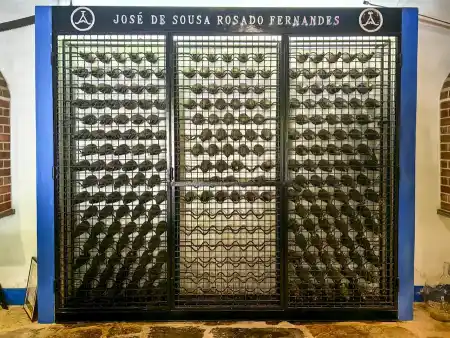
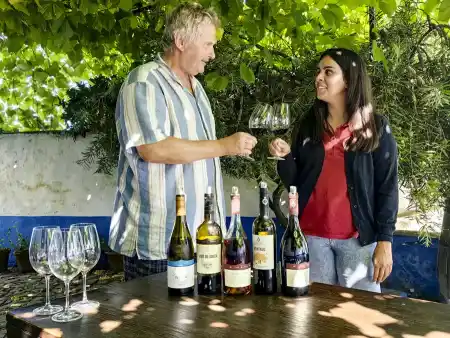
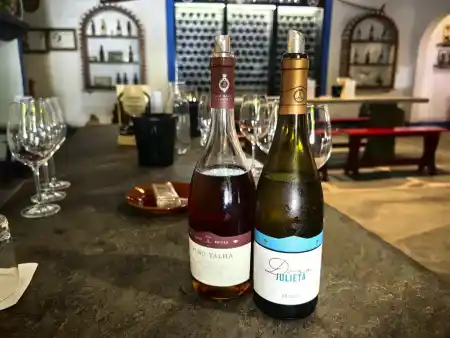
Do you also produce wine with classic and modern technology?
Yes, in addition to the traditional cellar, below ground level, with the clay pots and two treading mills, Adega José de Sousa also has four mills where the traditional treading is still done and where the premium wines are vinified, and a modern cellar. The modern winery was built by the current owner family (José Maria da Fonseca) and has 44 stainless steel vats and all the technology needed to ferment the young wines.
At Adega José de Sousa there are different winemaking methods, which allows us to produce a wide range of wines, from the fruity and fresh, to the complex, structured and woody, like the premium wines, or the mineral and earthy, like the pure talha.
Which wines should a visitor to your winery definitely try?
We have a complete portfolio of wine tourism experiences where the client can choose from different wine tastings, with the possibility of adding regional products to any of the classic tastings.
We also have a program for families, to celebrate special moments or themed programs that are different depending on the time of year we are in.
The one to choose would be the Talha wine tasting, as the client would have the chance to taste 2 100% talha wines and one partially vinified in talha (Puro Talha white, Puro talha red and José de Sousa Mayor) and understand the concept of talha and its inherent minerality/earthiness!
If the client wishes to taste other types of wine, we also have options such as tasting 3 young wines produced in the modern winery or 3 premium wines, with partial vinification in clay combined with ageing in barrels.
Do you also offer experiential tourism linked to wine production?
Yes, during the harvest period (August and September) with dates still to be set. It depends on the forecast in the field and the ripeness of the vines. We offer visitors the chance to take part in a “themed” harvest program.
Adega José de Sousa
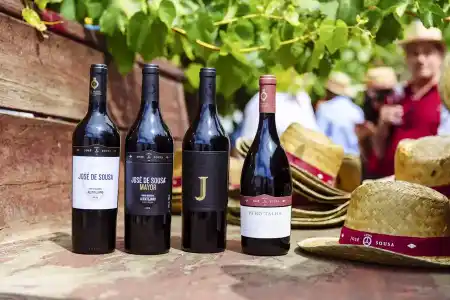

Here, customers will be able to take part in this important phase: in the field, with the cutting of the bunches, or in the cellar with the tasting of musts or treading.
We have two program options, which are with and without lunch and in short. It consists of a welcome drink, followed by a guided tour of the winery with participation in the activities that are taking place, ending with wine tasting or wines with lunch of regional snacks. We also offer a vintage kit consisting of a t-shirt and hat.
Thank you for Interview



